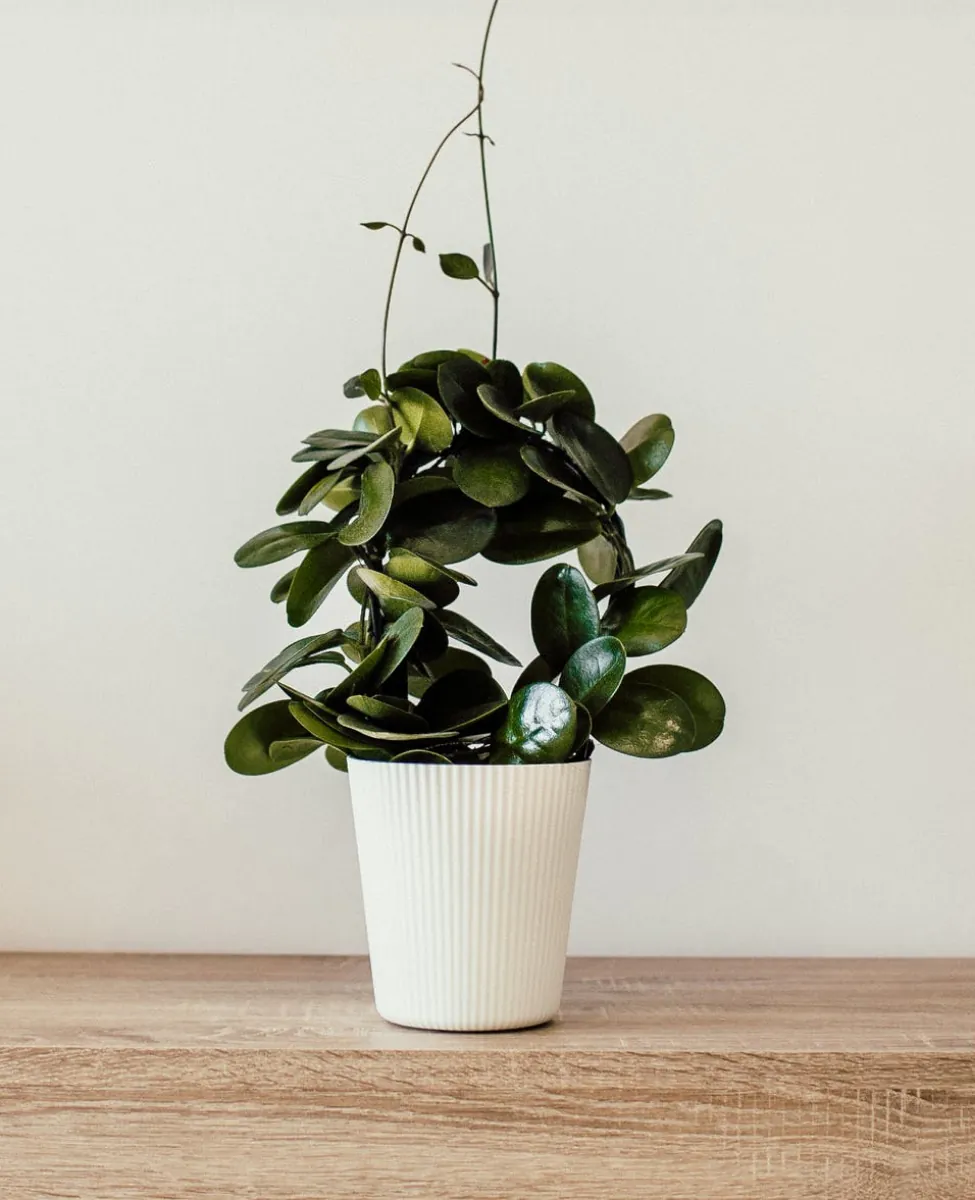Beautiful Plants For Your Interior

Plant companies often place glued rocks or decorative stones on top of potted plants for several reasons, including both aesthetic and practical considerations:
- Aesthetics: Glued rocks or stones enhance the overall visual appeal of the potted plant. They provide a decorative and polished appearance, making the plant look more attractive and appealing to potential buyers. The added texture and color can also complement the plant’s foliage and pot, creating a more visually appealing package.
- Stabilization: The glued rocks or stones help stabilize the plant in the pot. They prevent the soil from shifting or spilling out during transportation, handling, or when customers move the plant. This helps maintain the plant’s presentation and prevents damage during transit.
- Moisture Retention: A layer of glued rocks or stones on top of the soil can help reduce water evaporation from the surface. This can be especially beneficial for plants that require consistent soil moisture, as it helps slow down the drying of the topsoil.
- Weed Prevention: Adding a layer of rocks or stones can act as a barrier to weed growth. It inhibits weed seeds from germinating and growing in the potting soil, reducing the need for manual weeding or herbicides.
- Preventing Soil Erosion: In some cases, particularly for outdoor plants or those exposed to wind or heavy rainfall, the stones can help prevent soil erosion by providing a protective layer on top of the soil.
However, it’s important to note that while the use of glued rocks or stones has its benefits, it can also have downsides, particularly for the long-term health of the plant:
- Impaired Soil Aeration: A layer of glued rocks can restrict air circulation to the plant’s root system, potentially leading to reduced oxygen availability to the roots.
- Moisture Imbalance: While it can help retain moisture on the surface, it may also create a barrier that hinders water from penetrating the soil properly. This can lead to uneven moisture distribution within the root zone.
- Nutrient Accumulation: Over time, organic matter and mineral deposits can accumulate on the surface of the stones, potentially affecting nutrient availability and the overall soil health.
- Difficulty in Watering: Watering potted plants with glued rocks can be a bit challenging, as it can be hard to gauge when the soil beneath needs watering. Water may run off the surface without properly hydrating the root zone.
If you purchase a potted plant with glued rocks on top, it’s a good idea to carefully remove the rocks and inspect the soil beneath. Consider whether the rocks are enhancing or hindering the plant’s growth and adjust your care routine accordingly. In some cases, you may choose to replace the decorative layer with a more suitable topdressing that allows for better air and water exchange.